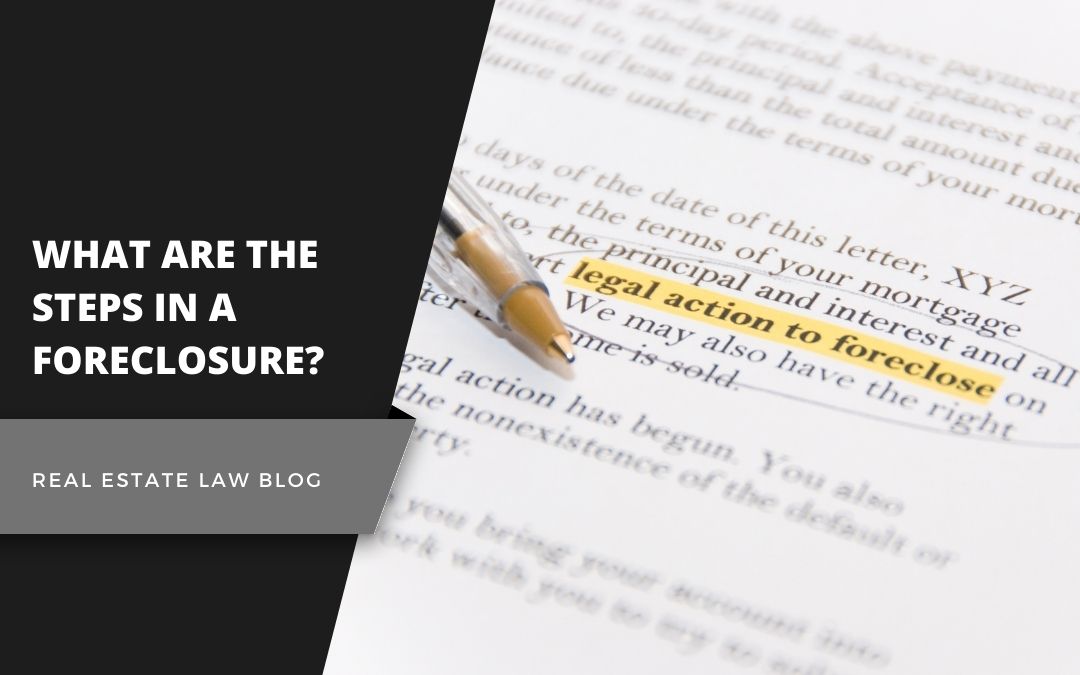Foreclosures are highly regulated and controlled procedures. The basic steps are the same nationally, however, details and timelines may vary from state to state.
For example, some states may allow the homeowner a Right of Redemption. Typically reserved for non-judicial foreclosures, the borrower is given a certain amount of time to repay all monies and fees owed to stop the foreclosure and reclaim their property.
Another difference involves deficiency judgments. If the foreclosed property is sold for less than the amount owed by the borrower (homeowner), the lender may pursue payment for the difference. This is permitted in some states and forbidden in others. A qualified attorney in your state can guide you through the rule applicable in your state.
General Steps in a Foreclosure
Late Payment
The path to foreclosure can begin with the very first missed payment, although lenders have varying rules on when a payment is considered late.
Default
Additional missed mortgage payments will place the loan in default. Some lenders will consider the borrower in default after 15 days of no payment, while others have longer thresholds. The next steps vary based on whether there is a judicial or non-judicial foreclosure. Typically, non-judicial foreclosures are faster.
Foreclosure lawsuit or notice of default
For a judicial foreclosure, the lender will file a foreclosure lawsuit. If the homeowner responds, the case could go to trial, or the judge reviewing the case could file a motion of summary judgment. If the borrower does not respond, the judge may issue a default judgment in favor of the lender.
In cases of non-judicial foreclosure, the lender will automatically issue a notice of default (NOD) via certified mail. The notice is recorded with the county registrar and details how much is owed, including past due amounts, late fees, and related foreclosure costs. Borrowers typically have 90 days to repay the owed amount or negotiate a repayment agreement with the lender.
Pre-foreclosure
Where allowed, the lender will resolve a foreclosure by selling the property. Between the notice of default (NOD) and the sale of the home, the homeowner can still stop the foreclosure by paying the funds owed to the lender.
Notice of sale
If the borrower/homeowner is not able to pay the monies owed or negotiate a repayment plan, the lender will move forward with selling the property. The lender will publish a notice of sale as a sign on the property and possibly in local newspapers. The home is auctioned, and based on buyer demand, the property may sell for more or less than owned on the loan.
If the property sells for less than owed, the defaulting homeowner may be responsible for the difference under a deficiency judgment. In the event the home sells for more than the balance of the loan and all fees, the homeowner will be paid the difference.
Leave residence
After the property is sold by auction, the borrower has a limited amount of time to vacate the property. The timeline varies by state.
It is important to remember that foreclosures are preventable. Early communication with the lender can often result in assistance that allows homeowners to catch up on payments and keep their homes. If you are facing financial challenges that may interfere with your ability to pay our mortgage and you would like to understand your rights and options, contact a qualified attorney in your local area.

